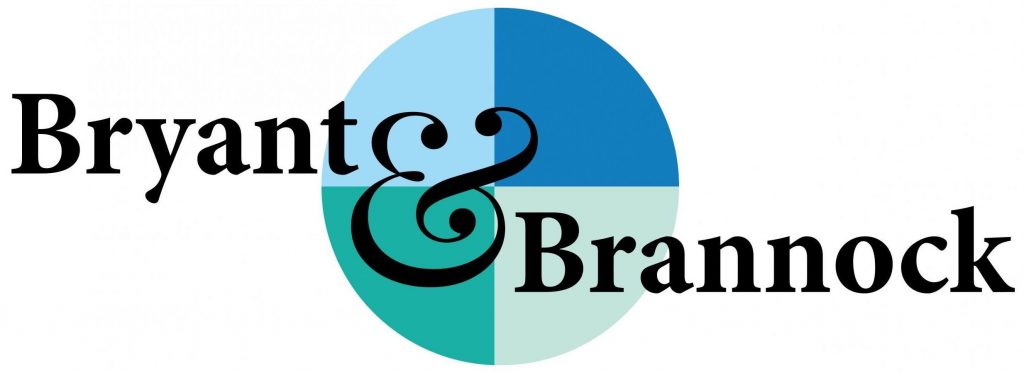The Inflation Debation

Ok, ‘debation’ is not a real word. It is our attempt to combine ‘debate’ with ‘speculation’. It also rhymes with inflation, and brings into focus the current debate and speculation on inflation. If the internet were to get hold of this word, we would become sick of it very quickly.
The Fed’s mandate from the US Congress is to enact monetary policy to effect three primary goals – maximum employment, stable prices, and moderate long-term interest rates. We are currently sitting at full employment with an unemployment rate of 4.4%. Prices, as reflected by the Consumer Price Index (CPI), have been steady for a while now – other than the Energy sector, which has been quite volatile.
The remaining component of the Fed’s mandate is setting long-term interest rates. These are low by historical standards. The Fed must raise rates. The debate and speculation swirls around how much to raise rates, how quickly to raise rates, how often to raise rates, and what happens if they get it wrong. Many smart, educated, analytical people have come to dramatically different conclusions, and they have the data to back it up. Only history will accurately tell the tale.
From an investor perspective, we must look at the risks and rewards. If handled correctly, the higher interest rates will promote higher yielding bonds. This will ultimately reward savers and people living on a fixed income. But, in the short term, those rising interest rates will make existing long-term bonds less attractive, so they will lose value on the secondary market. The net asset value of bond mutual funds will likely decline. This seems to be a ‘good news – bad news’ scenario for bond holders.
For equities, higher interest rates make borrowing from banks less attractive to corporations and consumers. This may limit corporate and consumer spending, which could make companies less willing to spend on infrastructure, technology, marketing, hiring and employee health benefits. Ultimately, stocks become less attractive to own because their growth forecasts and earnings estimates don’t look as good as previous years. It is worth noting that the stock market capitalization is near record highs.
So far, the Fed seems to be navigating this unfamiliar terrain well. There are other things going on, beyond Fed policy, that will impact the markets, both home and abroad. Tax policies, politics, health care, global unrest – these are all potential game changers.
Year to date through 6/30/2017, the S&P 500 was up 9.347%, the EAFE index was up 14.23%, and the Emerging Markets index was up 18.60%. The Russell 2000 Value index was flat at 0.54%. The Aggregate Bond Index was up modestly 2.27%, the Commodities index was down (-5.26%), and the North American Natural Resources index was down (-11.04%), due primarily to the oil price decline. Global Real Estate was up 2.86%, as measured by the FTSE NAREIT All Equity REITs index.
Going forward, if you are concerned about safety of principal, consider increasing your bond exposure. It seems like we are overdue for a pullback in the US equity market. We welcome the opportunity to speak with you about your specific needs and concerns.
*The index returns are drawn from Morningstar Advisor Workstation. Indexes are unmanaged and cannot be invested in directly by investors. MSCI EAFE NR USD-This Europe, Australasia, and Far East index is a market-capitalization-weighted index of 21 non-U.S., industrialized country indexes. S&P 500 TR USD – A market capitalization-weighted index composed of the 500 most widely held stocks whose assets and/or revenues are based in the US; it’s often used as a proxy for the stock market. TR (Total Return) indexes include daily reinvestment of dividends. Bloomberg US Agg Bond TR USD This index is composed of the BarCap Government/Credit Index, the Mortgage Backed Securities Index, and the Asset-Backed Securities Index. The returns we publish for the index are total returns, which includes the daily reinvestment of dividends. The constituents displayed for this index are from the following proxy: iShares Core US Aggregate Bond ETF. MSCI Emerging Markets IndexSM is a free float-adjusted market capitalization index that is designed to measure equity market performance in the global emerging markets. Russell 2000 – Consists of the smallest 2000 companies in the Russell 3000 Index, representing approximately 7% of the Russell 3000 total market capitalization. The returns we publish for the index are total returns, which include reinvestment of dividends. The MSCI Emerging Markets (EM) IndexSM is a free float-adjusted market capitalization index that is designed to measure equity market performance in the global emerging markets. As of May 2005 the MSCI Emerging Markets Index consisted of the following 26 emerging market country indices: Argentina, Brazil, Chile, China, Colombia, Czech Republic, Egypt, Hungary, India, Indonesia, Israel, Jordan, Korea, Malaysia, Mexico, Morocco, Pakistan, Peru, Philippines, Poland, Russia, South Africa, Taiwan, Thailand, Turkey and Venezuela.. The FTSE NAREIT Equity REITs Index is an index of publicly traded REITs that own commercial property. All tax-qualifies REITs with common shares traded on the NYSE, AMSE or NASDAQ National Market List will be eligible. Additionally, each company must be valued at more than $100MM USD at the date of the annual review. Equity REITs include Diversified, Health Care, Self Storage, Industrial/Office, Residential, Retail, Lodging/Resorts and Specialty. They do not include Hybrid REITs, Mortgage Home Financing or Mortgage Commercial Financing REITs. Bloomberg Sub Gold TR USD Description unavailable. Formerly known as Dow Jones-UBS Gold Subindex (DJUBSGC), the index is a commodity group sub-index of the Bloomberg CI composed of futures contracts on Gold. It reflects the return of underlying commodity futures price movements only and is quoted in USD.
